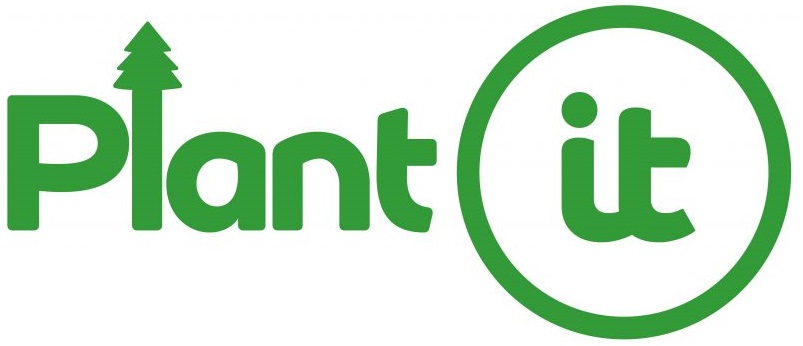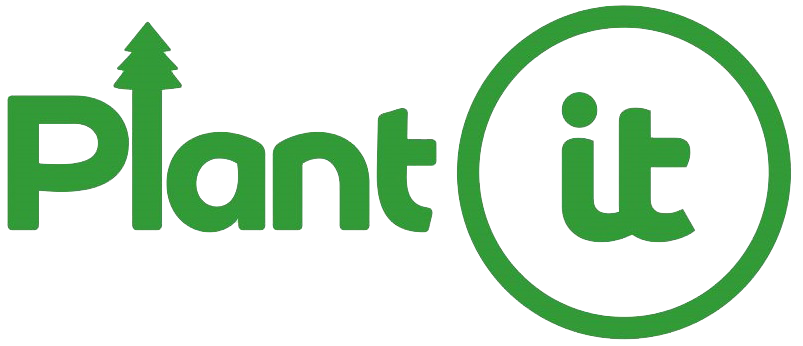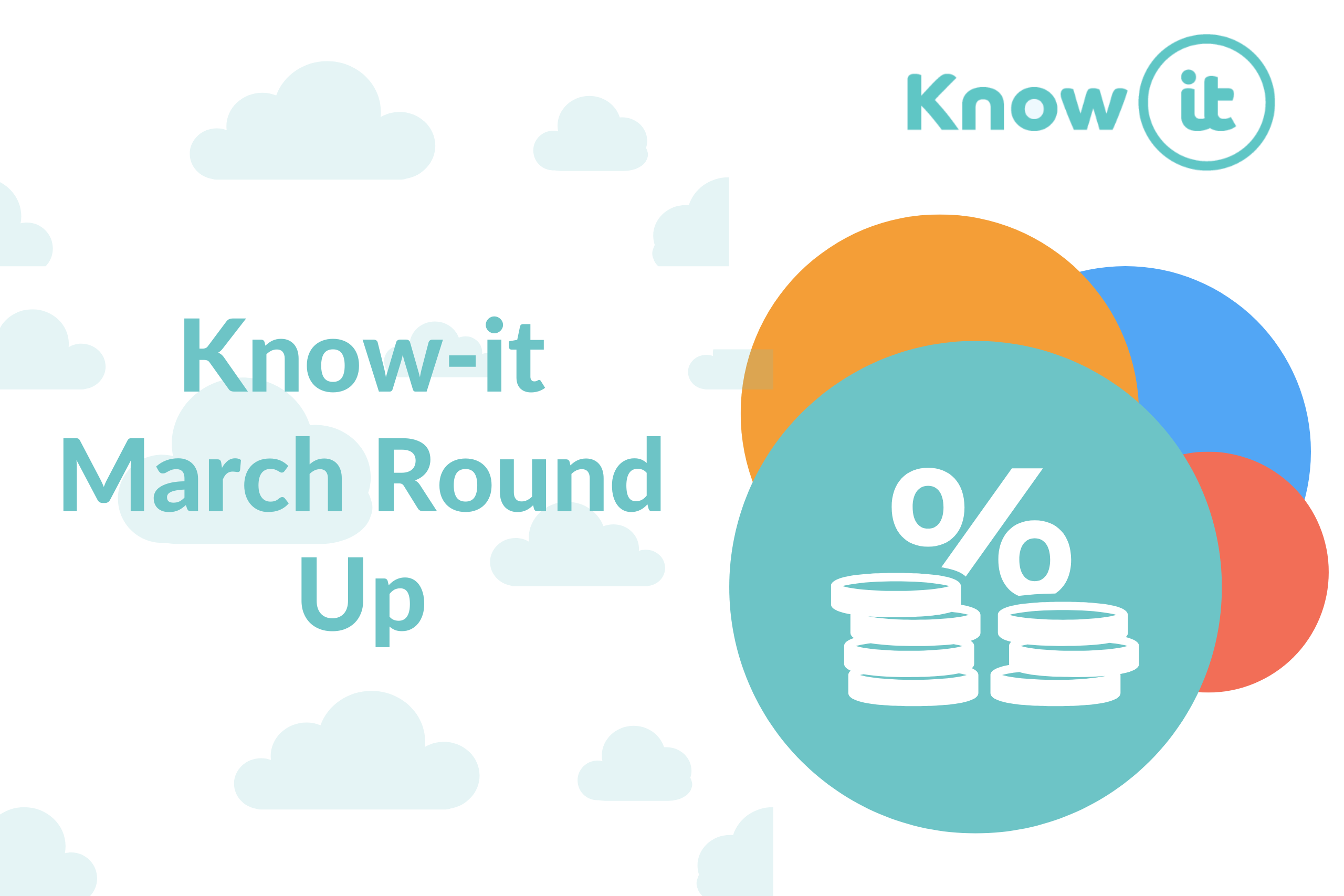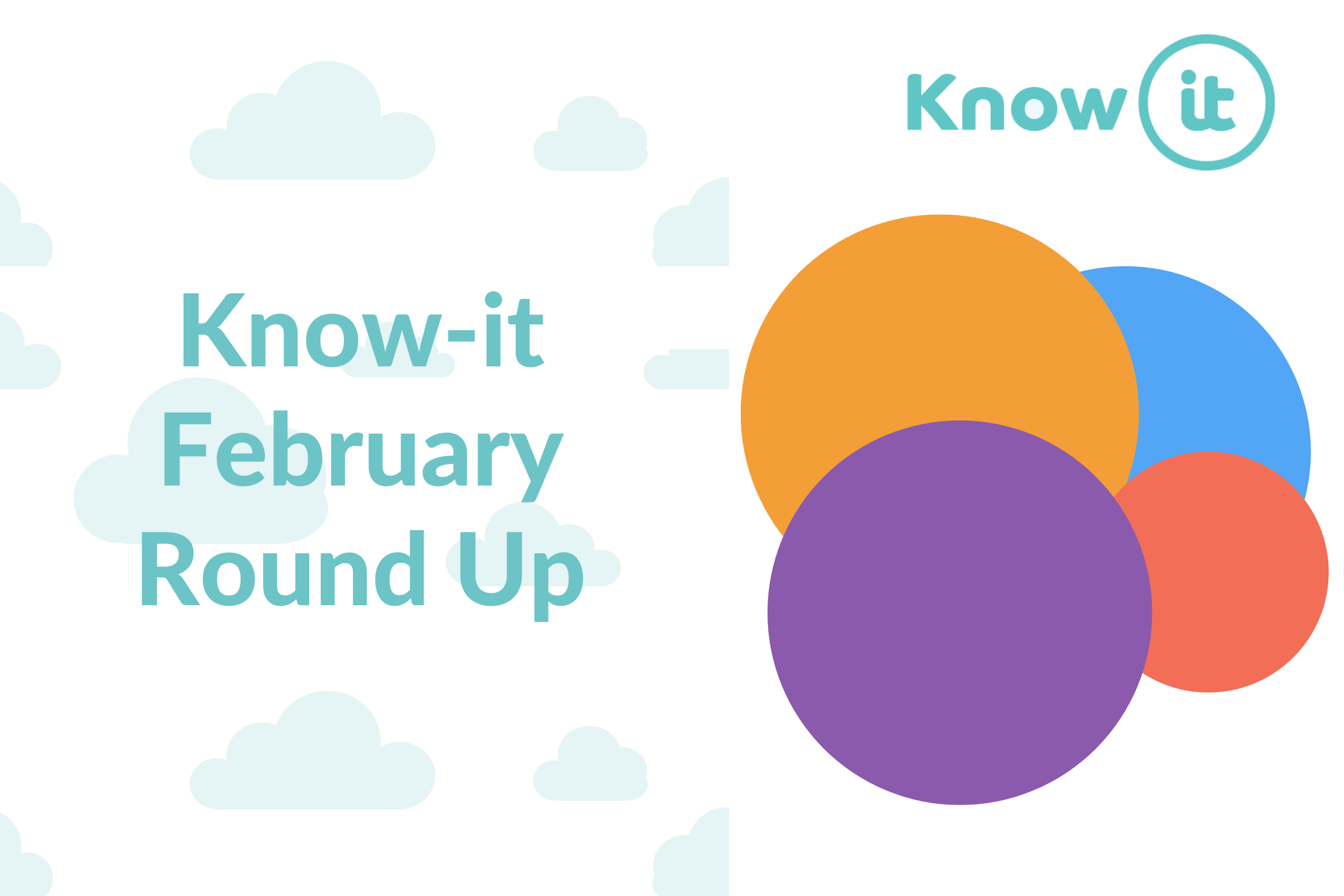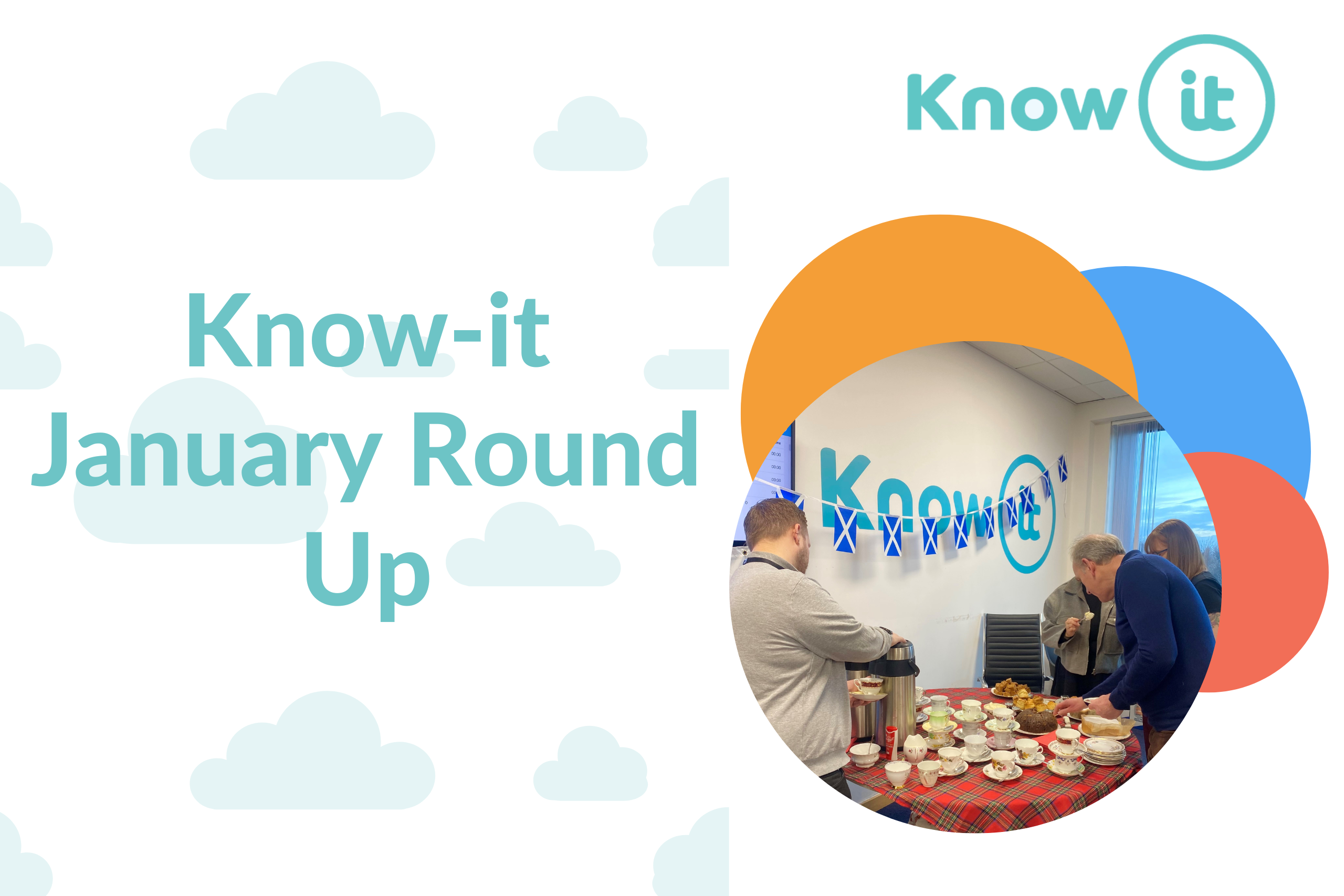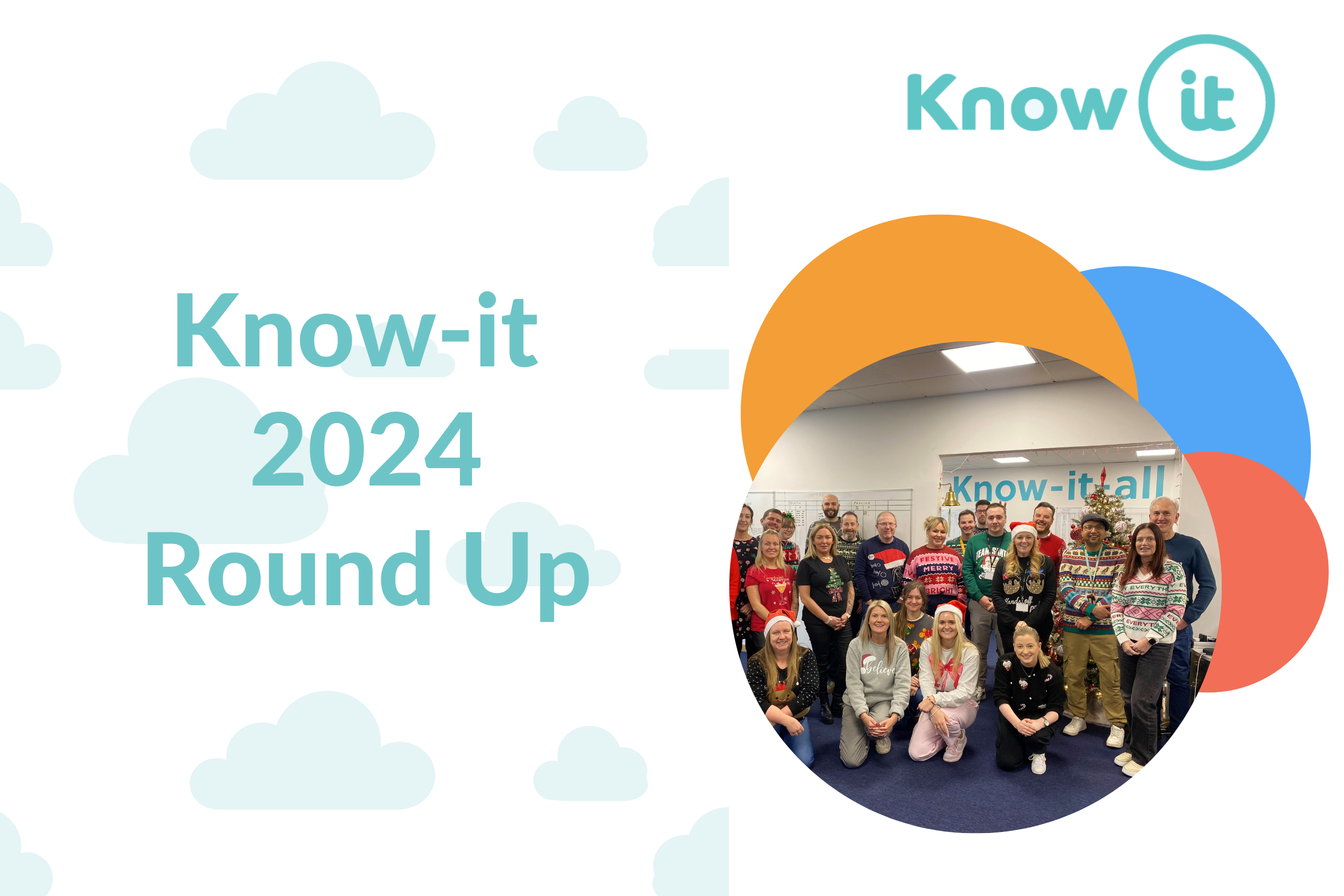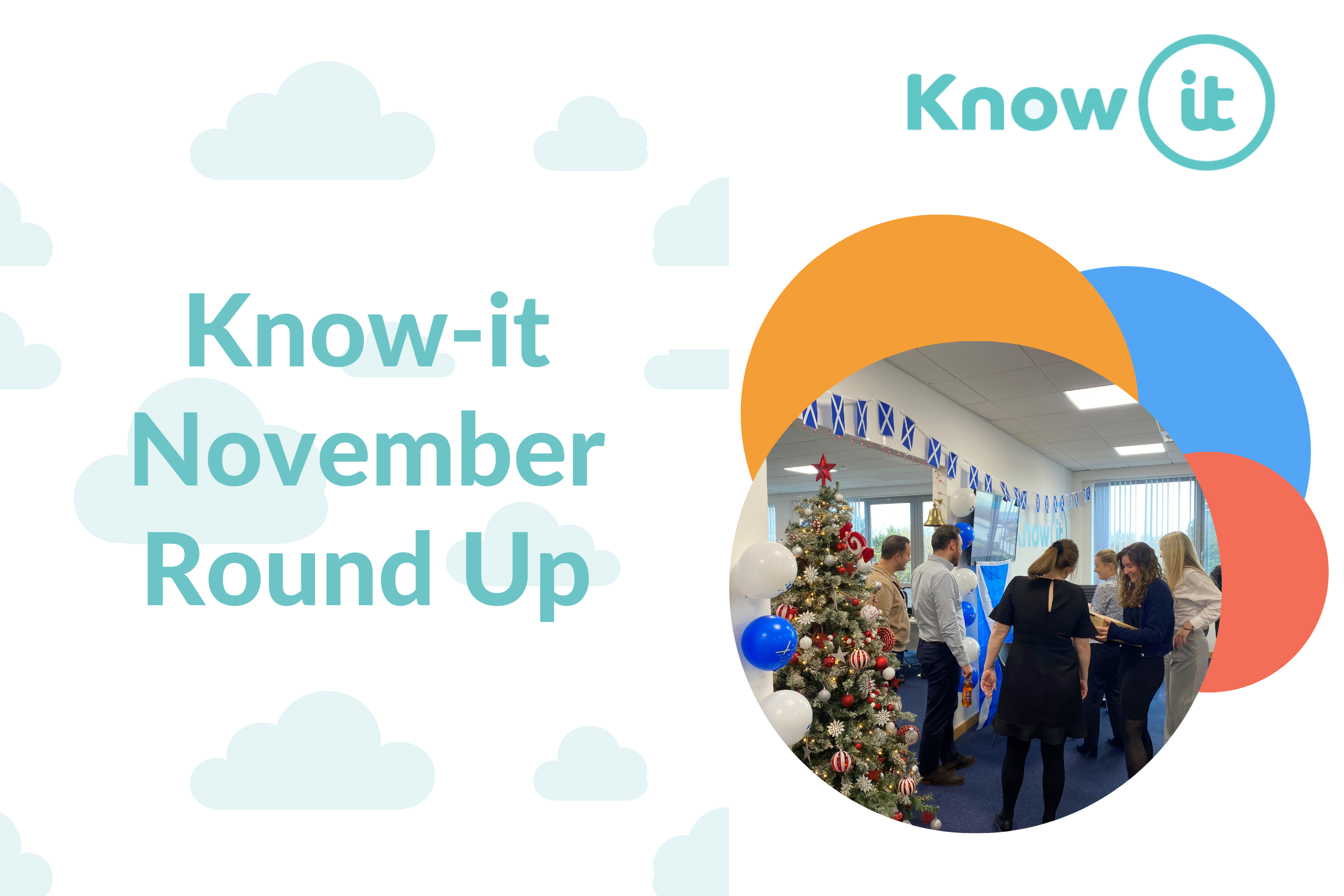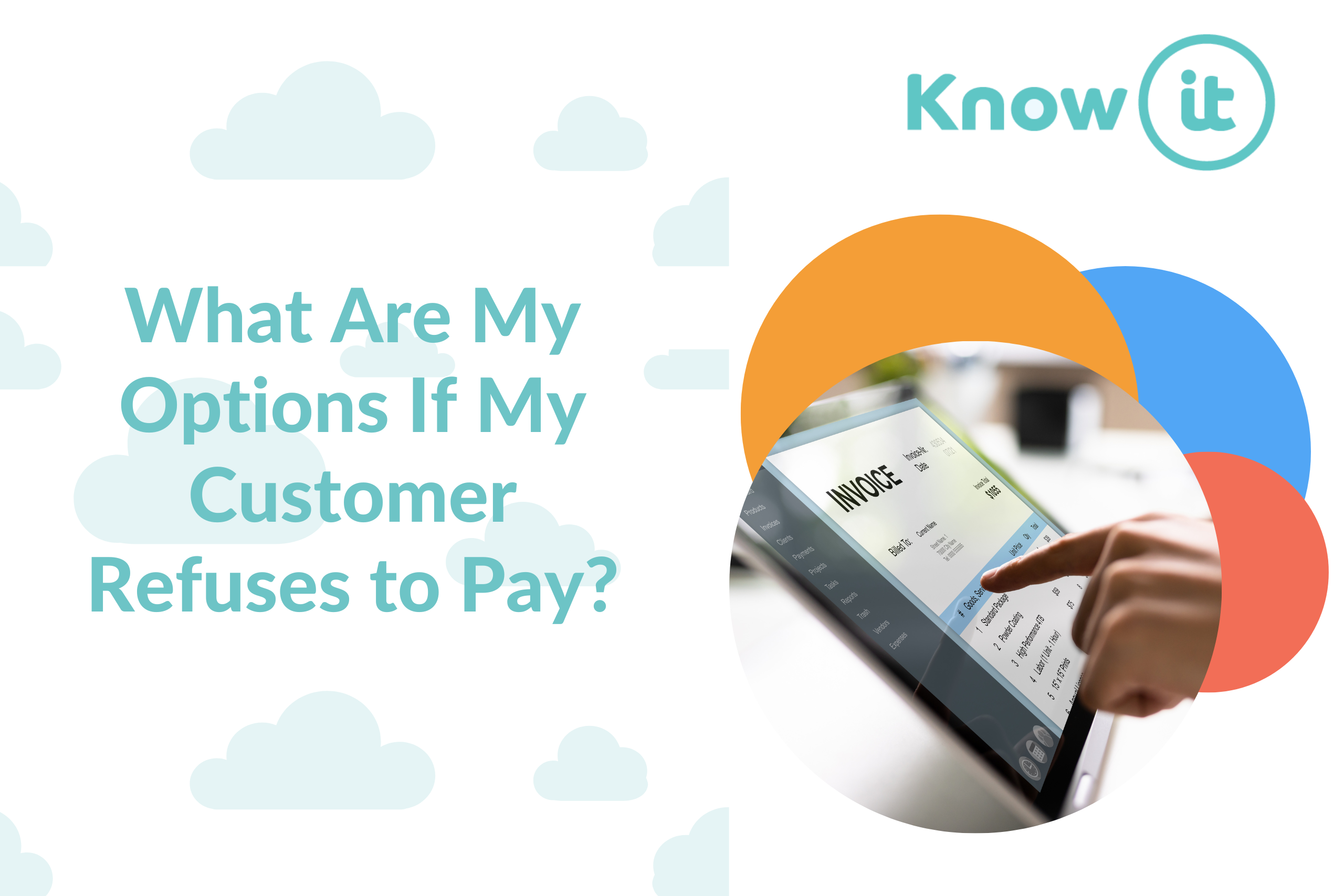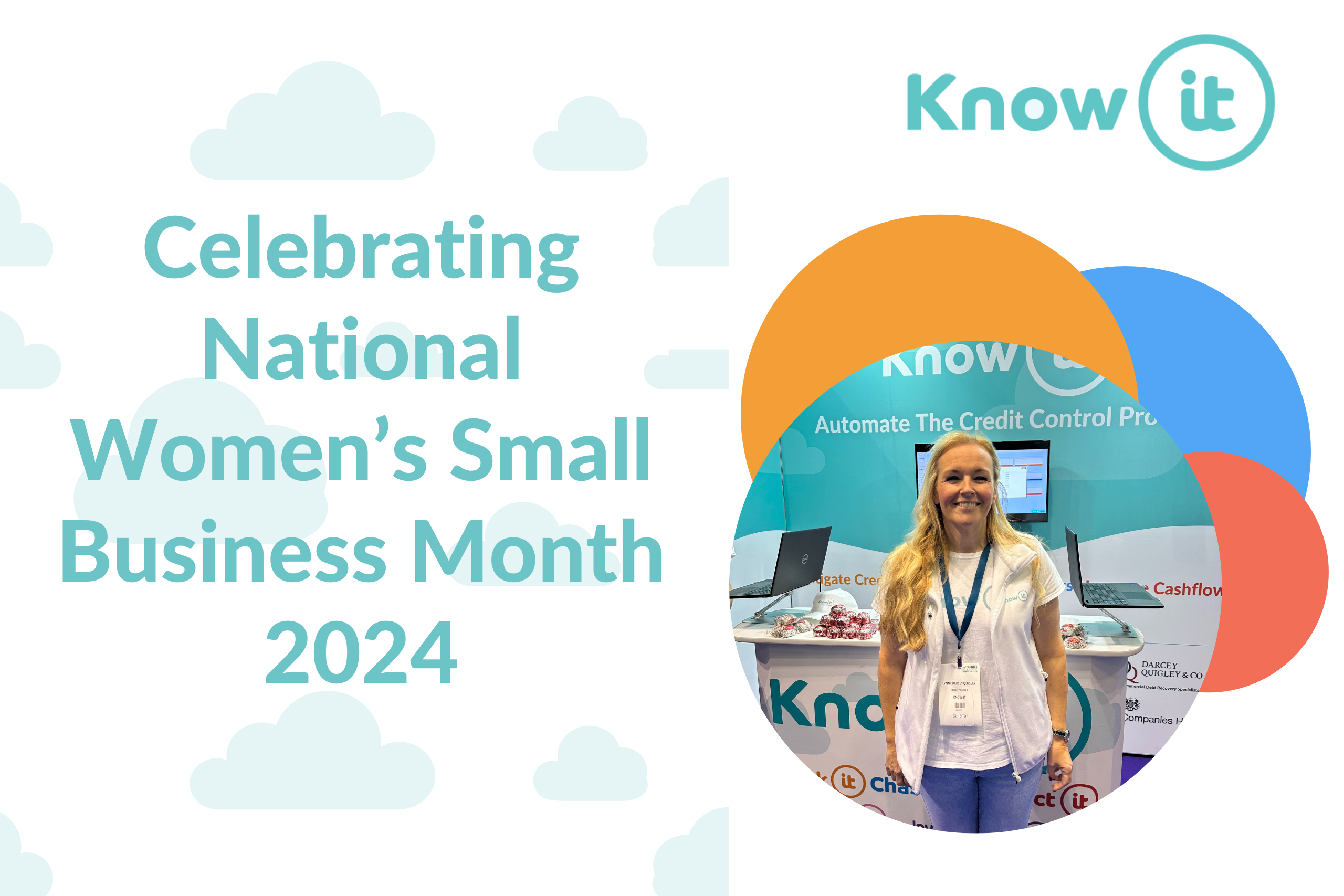What Are My Options If My Customer Refuses to Pay?
As a business owner or finance professional, one of the most frustrating situations you can encounter is a customer who refuses to pay their invoice. Whether it’s due to cash flow issues, a dispute over the goods or services provided, or just plain unwillingness to settle, unpaid invoices can significantly impact your business’s cash flow and bottom line.
So, what are your options when a customer refuses to pay? In this post, we’ll explore the various steps you can take to recover the debt and improve your credit control processes moving forward.
At Know-it, we provide a comprehensive credit control platform designed to streamline and optimise your debt management process. From automating invoice reminders to offering debt collection strategies, we’re here to help you take control of your accounts receivable. Let’s walk through your options if a customer refuses to pay.
1. Send a Friendly Reminder
The first step is often the simplest: send a reminder. It’s possible that your customer simply forgot or is dealing with temporary cash flow challenges. A polite and professional reminder can often solve the problem before things escalate.
- Automated reminders: With Know-it, you can easily set up automated email reminders to ensure your invoices aren’t forgotten. These can be sent out at regular intervals, such as a few days before the due date, on the due date itself, and again if payment isn’t received.
- Personalised follow-ups: If the first automated reminder doesn’t work, a more personalised email or phone call can make a difference. Be sure to remain courteous and professional, but firm in requesting payment.
2. Issue a Formal Demand Letter
If your friendly reminder doesn’t lead to payment, the next step is to send a formal demand letter. This letter serves as a more serious notice to the customer that you are taking the situation seriously and will take further action if the debt isn’t settled.
In your demand letter, be sure to include:
- The amount owed, including any interest or late fees if applicable.
- The due date of the original invoice.
- A clear deadline (usually 7-14 days) by which payment must be made.
- A warning that failure to pay will result in further legal action or involvement of a debt recovery agency.
A demand letter is a good way to set clear expectations and show that you are prepared to escalate the issue if necessary.
3. Set Up a Payment Plan
Sometimes, customers refuse to pay because they’re experiencing financial difficulties and can’t settle the full amount at once. Offering a payment plan can be a win-win for both parties: your customer gets the time they need to pay, and you recover the debt.
Using Know-it’s credit control platform, you can:
- Propose an affordable payment schedule.
- Track payments automatically.
- Send reminders to ensure your customer stays on track with the agreed terms.
Payment plans are a great way to maintain positive business relationships while still ensuring you get paid.
4. Engage a Debt Collection Agency
If your customer still refuses to pay after your reminders and formal demand, it may be time to consider bringing in a debt collection agency.
Working with a debt recovery partner can:
- Save you time and effort in dealing with non-paying customers.
- Increase your chances of recovering the full debt.
- Protect your relationship with your customer, as the agency will handle the negotiation and collection process on your behalf.
Know-it offers an integration with Darcey Quigley & Co, one of the UKs leading commercial debt recovery companies.
5. Consider Legal Action
If all previous efforts fail and the debt is substantial, you may need to consider legal action. Taking legal steps to recover your money can be costly and time-consuming, but it may be necessary if you’ve exhausted all other options.
- County Court Judgment (CCJ): If you win the case in court, you may be awarded a County Court Judgment (CCJ), which will impact your customer’s credit rating and could force them to pay.
- Writ of Execution: If a CCJ is issued and the debt is still unpaid, you can apply for a Writ of Execution, allowing bailiffs to seize assets to settle the debt.
- Bankruptcy or Liquidation: For larger debts, you may be able to petition the court for bankruptcy (for an individual debtor) or liquidation (for a company), which could result in the forced sale of assets to recover the debt.
Although legal action should be a last resort, it’s sometimes the only way to recover what you’re owed when all else fails.
6. Use Mediation or Arbitration
If your customer is willing to engage in the process but there’s a disagreement over the terms of the debt or the payment, consider mediation or arbitration as alternatives to court action. These processes are typically faster, more cost-effective, and can preserve the relationship between you and your customer.
- Mediation: A neutral third party facilitates a conversation between you and your customer to help reach a mutually agreeable solution.
- Arbitration: If mediation doesn’t work, arbitration involves a professional arbitrator who makes a binding decision on the matter.
Both mediation and arbitration allow you to avoid the stress and costs of a lengthy court battle while still working toward a resolution.
7. Improve Your Credit Control Processes
While it’s important to have strategies for recovering unpaid invoices, prevention is better than cure. The best way to ensure you don’t have to chase payments is by establishing robust credit control systems upfront.
With Know-it, you can:
- Automate chasing: Set up automated reminders to ensure your customers are always aware of their payment obligations.
- Conduct credit checks: Before extending credit to new customers, perform credit checks to evaluate their financial stability and reduce the risk of non-payment.
- Set clear payment terms: Define clear payment terms in your contracts and invoices, including late fees, interest, and payment schedules.
By implementing a proactive credit control process, you can reduce the chances of payment disputes and avoid unnecessary stress down the line.
Conclusion
When a customer refuses to pay, it’s essential to act promptly to protect your cash flow and ensure the longevity of your business. The options outlined above – from sending reminders and offering payment plans to working with a debt collection agency or taking legal action – are all viable solutions, depending on the situation.
At Know-it, we provide the tools and expertise to streamline your credit control processes and give you the best chance of recovering what you’re owed. Whether you need automated payment reminders, or assistance with debt recovery, we’ve got you covered.
If you’re facing issues with unpaid invoices, sign up for Know-it today to take control of your debt management process and recover the money you’re owed.

















